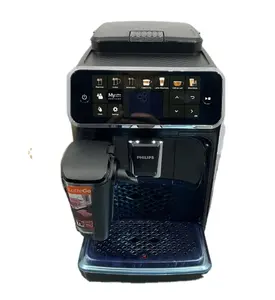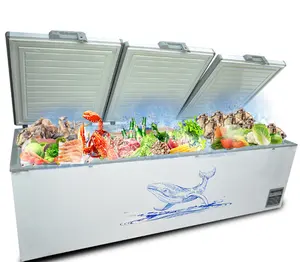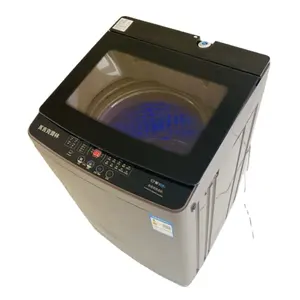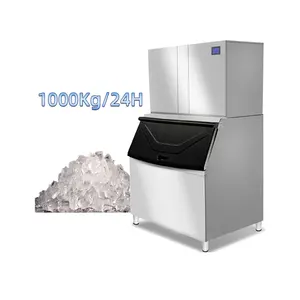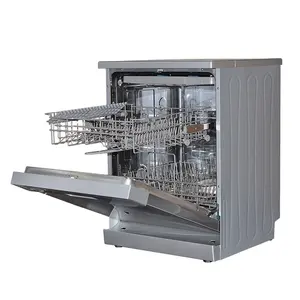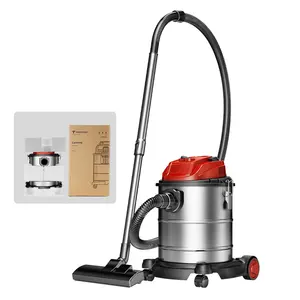Popular in your industry




















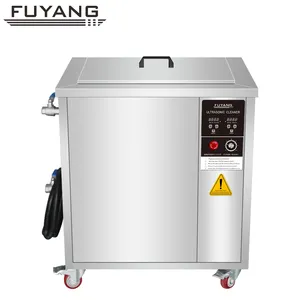
































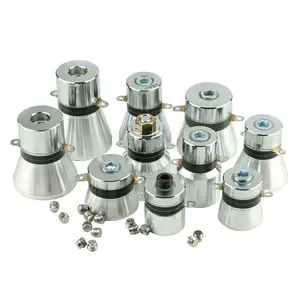

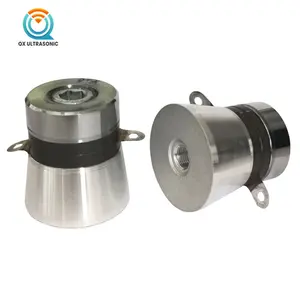

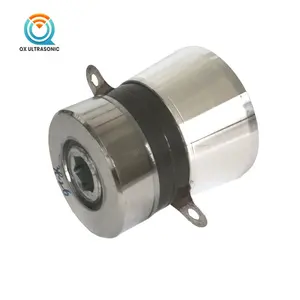
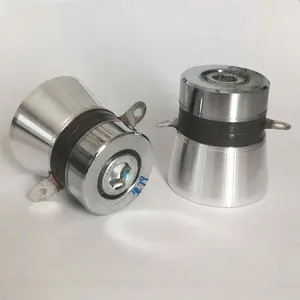














Related Searches:









































































































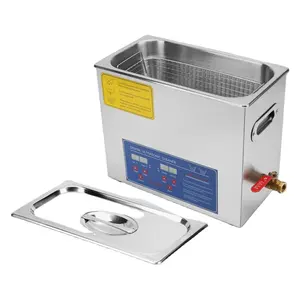

















 Ready to Ship
Ready to Ship

















Top categories
About ultrasonic cleaner prices
An ultrasonic cleaner is an advanced apparatus that employs high-frequency sound waves to cleanse various objects. These devices are not exclusively for professional cleaners but are also employed in commercial, industrial, and domestic environments. Ultrasonic cleaners operate on the principle of ultrasonic cavitation, a phenomenon where bubbles rapidly form and collapse in a liquid due to high-frequency sound waves, effectively dislodging dirt and impurities from items immersed in the cleaning solution.
Types and Characteristics of Ultrasonic Cleaners
There is a diverse array of ultrasonic cleaners, each tailored to specific cleaning needs. Benchtop models are favored in labs and medical facilities for their space-saving design and efficacy. Conversely, industrial-grade cleaners boast larger dimensions and more powerful transducers to tackle strenuous cleaning jobs. Certain models feature sweep frequency technology to avert standing waves and guarantee even cleaning, while others offer adjustable power settings for various cleaning challenges. There are also specialized cleaners with features like degassing, which is particularly beneficial for sample preparation in scientific research.
Structure and Operation of Ultrasonic Cleaners
The construction of an ultrasonic cleaner is carefully engineered for maximum cleaning effectiveness. Central to the device is the ultrasonic generator, which produces the electrical signal. Transducers affixed to the tank's base or sides transform this signal into mechanical vibrations, creating the cavitation bubbles that perform the cleaning. High-end cleaners typically incorporate durable, piezoelectric transducers for reliable operation. A built-in heater assists in loosening tenacious residues, and a digital control panel enables precise adjustment of cleaning duration and temperature.
Materials and Properties
Materials selected for ultrasonic cleaners must withstand harsh cleaning conditions and exhibit durability. Stainless steel is the preferred choice for the tank, offering corrosion resistance and ease of maintenance. Transducers are crafted from sturdy materials such as nickel or titanium to endure continuous vibrations. These material choices ensure the cleaner's longevity and consistent performance.
Business Usages and Applications
Ultrasonic cleaners have transformed cleaning protocols across a multitude of sectors. In healthcare, they sterilize surgical tools, while in the automotive realm, they meticulously clean intricate components like fuel injectors. Jewelers depend on ultrasonic methods to polish delicate items without causing harm. For electronics, these cleaners eradicate flux and other contaminants from PCBs, crucial for component functionality. The adaptability of ultrasonic cleaners renders them indispensable in environments where cleanliness and sanitation are critical.
Functions and Tasks
Designed for a range of duties, ultrasonic cleaners can expunge grime and oil or displace minuscule particles. The cavitation effect extends to areas typically beyond the reach of manual cleaning, such as tiny crevices and joints, making these devices particularly adept at cleaning items with complex shapes or detailed features.
Features and Unique Selling Points
Ultrasonic cleaners distinguish themselves with features like adjustable frequency ranges to accommodate various cleaning requirements, and customizable power settings for delicate items. Some models boast a pulse mode for stubborn contaminants, while others feature a sleep mode to save energy when idle. These attributes not only enhance the cleaner's functionality but also bolster its market competitiveness.
Benefits and Positive Outcomes
The advantages of employing an ultrasonic cleaner are numerous. They deliver a thoroughness unattainable by manual methods, extending the lifespan and functionality of cleaned items. They also minimize the reliance on harsh chemicals, positioning them as a more eco-friendly choice. For enterprises, the efficiency of ultrasonic cleaning equates to cost reductions and heightened productivity.
How to Use an Ultrasonic Cleaner Effectively
To operate an ultrasonic cleaner effectively, one should fill the tank with the correct cleaning solution, place items in the basket to prevent contact with the tank's bottom, and adhere to the manufacturer's guidelines for setting the timer and temperature. It is crucial to avoid overloading the cleaner to maintain the efficacy of the ultrasonic action.
How to Choose the Right Ultrasonic Cleaner
Selecting the appropriate ultrasonic cleaner requires consideration of the size of the items, the nature of the residue, and the frequency of use. For fragile items, a cleaner with a lower frequency and sweep function is optimal, whereas larger, more robust items may necessitate a cleaner with higher frequency and power.
How to Clean and Maintain Your Ultrasonic Cleaner
Maintaining an ultrasonic cleaner involves emptying and rinsing the tank post-use, routinely inspecting components for wear, and storing the device in a secure, dry location. Regular maintenance checks are essential to preserve the cleaner's operational condition.
How to Install an Ultrasonic Cleaner
Installation of an ultrasonic cleaner typically entails positioning it on a stable, level surface, connecting it to the appropriate power source, and filling it with the recommended cleaning solution. Proper grounding of the cleaner is imperative to avert electrical hazards.
Target Audience and Meeting Needs
The demographic for ultrasonic cleaners is varied, encompassing medical professionals in need of sterile instruments to hobbyists keen on maintaining their collectibles. Ultrasonic cleaners are designed with the diverse requirements of these users in mind, offering a spectrum of sizes and functionalities to satisfy different preferences and needs.
What are the ultrasonic cleaner prices?
When evaluating ultrasonic cleaner prices, it is important to recognize that costs can fluctuate significantly based on dimensions, features, and brand reputation. While some basic models may be relatively economical, professional-grade cleaners with sophisticated features represent a more substantial investment. Nonetheless, the superior cleaning quality they provide often warrants the expense for numerous businesses.
How to ensure the quality of cleaning?
To guarantee cleaning excellence with an ultrasonic cleaner, it is crucial to utilize the appropriate cleaning solution type and concentration, maintain the equipment diligently, and select the correct settings for the items being cleaned. Consistent testing and supervision can aid in sustaining the cleaner's efficacy over time.
Are there different types of ultrasonic cleaners for various applications?
Indeed, ultrasonic cleaners are designed for a range of applications, from handling delicate jewelry to performing robust industrial cleaning tasks. It is essential to choose a cleaner that aligns with the specific nature of the items to be cleaned to ensure both safety and effectiveness.
Exploring Alibaba.com's assortment of ultrasonic cleaners unveils options suited for household to commercial uses. While the platform itself does not directly sell products, it facilitates connections between buyers and suppliers, offering a broad selection to meet specific needs without endorsing any particular brand.
